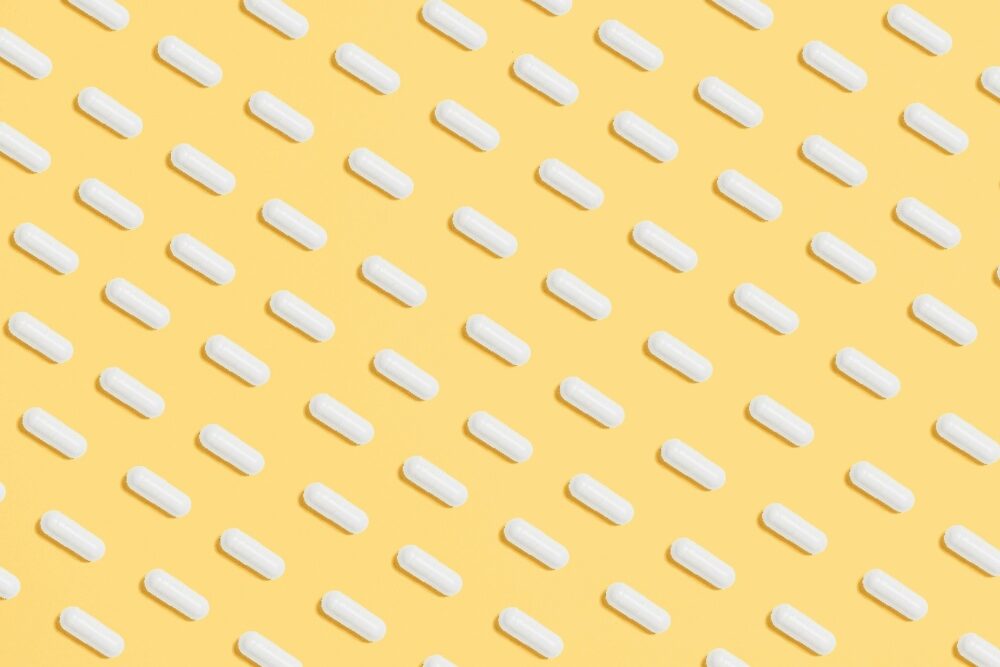From Lab Innovation to Global Discourse: Photocatalytic Solutions for Combating the Impacts of Antibiotic Pollutants
Posted: 29 October, 2025

Since their discovery, antibiotics have been extensively used worldwide to treat various bacterial infections in both humans and animals. They remain our primary response to bacterial diseases. However, the presence of active antibiotic ingredients in the environment poses long-term ecological and health risks. The most widely prescribed antibiotics have been detected in the environment at concentrations ranging from nanograms per litre (ng/L) to micrograms per litre (μg/L) and they have been included in the European Union’s Water Framework Directive (WFD) priority hazardous substances Watch Lists (Commission Implementing Decision 2020/1161 and 2025/439), which call for proper monitoring and mitigation of their impacts.
The misuse and continuous release of antibiotics from various anthropogenic sources into the environment-accumulating in plants, aquatic ecosystems, livestock, and soil-have led to chronic toxicities and allergic reactions in humans. Moreover, they enable bacterial mutations and promote the formation and rapid multiplication of antibiotic-resistant bacteria, which are among the most pressing global public health and development threats today.

Recent studies conducted in Ireland, Malaysia, China, USA, and other regions have revealed the emergence of multiple antibiotic-resistant novel species and new bacterial strains with potential for global spread. Alarmingly, colistin-resistant bacteria—a critical global health threat—have been detected in newborns less than a week old in Nigerian hospitals. According to the Global Burden of Diseases, Injuries, and Risk Factors Study (GBD), approximately 4.71 million deaths were linked to bacterial antimicrobial resistance (AMR) in 2021. In response, the 78th World Health Assembly endorsed an updated Global Action Plan (GAP) on AMR, aligned with the United Nations’ 2024 AMR Declaration. This plan aims to reduce global deaths related to bacterial AMR by 10% by 2030. However, achieving this goal requires innovative technological solutions that emphasize a One Health strategy to address the ongoing impacts of antibiotic-related mortality.
Photocatalytic degradation approach offers a promising and essential alternative for tackling the environmental challenges posed by fully soluble and persistent antibiotics, which often evade conventional wastewater treatment systems. Misganaw is actively engaged in the synthesis of advanced photocatalyst nanomaterials designed to degrade antibiotic pollutants and toxic heavy metals into harmless byproducts. His research highlights the importance of designing stable and efficient nanomaterials that interact with light sources of suitable energy to generate electron-hole pairs. These photogenerated holes react with water molecules and other compounds to produce highly reactive radicals, which play crucial roles in breaking down complex antibiotic molecules into simpler, non-toxic forms. Simultaneously, the electrons exhibit a strong affinity for reducing cationic heavy metal pollutants, contributing to their detoxification. This dual-action mechanism enhances the effectiveness of pollutant removal and supports the development of sustainable, environmentally friendly water treatment technologies. Recently, Misganaw synthesized SnO₂@Cu(O,S) composite nanomaterials for the photodegradation of tetracycline—one of the antibiotics prioritized by the EU’s WFD for environmental and public health monitoring. In his experimental investigation, a 10 mg/L concentration of tetracycline in a 100 mL solution was completely degraded within 90 minutes using a 100 W LED floodlight and persulfate ions as a source of sulfate radicals. He also confirmed the photocatalyst’s efficiency in degrading methylene blue and reducing hexavalent chromium.

Misganaw had the distinguished opportunity to present his work at the 20th Edition of the International Conference on Catalysis, Chemical Engineering and Technology, held in Rome, Italy, from June 2–4, 2025. This leading international platform brought together experts from around the world. His presentation provided a comprehensive overview of oxy-sulfide catalyst nanomaterials, focusing on their synthesis methods and the integration of green technology approaches aimed at minimizing the use of additional chemical inputs as precipitating agents. He emphasized the catalytic efficiency of these nanomaterials in removing persistent antibiotic pollutants, thereby contributing to environmental sustainability and public health protection.
The session was met with thoughtful questions and constructive feedback, which Misganaw found highly relevant and inspiring for his future research directions. Beyond his own presentation, he actively engaged with the broader scientific discourse at the conference, gaining valuable insights into cutting-edge developments in catalysis technologies. Topics presented by both senior and emerging researchers included the application of functional nanomaterials for removing emerging contaminants in wastewater, green hydrogen production and recovery from sulfide-rich effluents, treatment of detergent-laden wastewater, and innovative methods for transforming high-density polyethylene (HDPE) waste plastics into hydrogen. The conference also featured broader discussions on climate change, reinforcing the critical role of chemical engineering in addressing global environmental challenges.